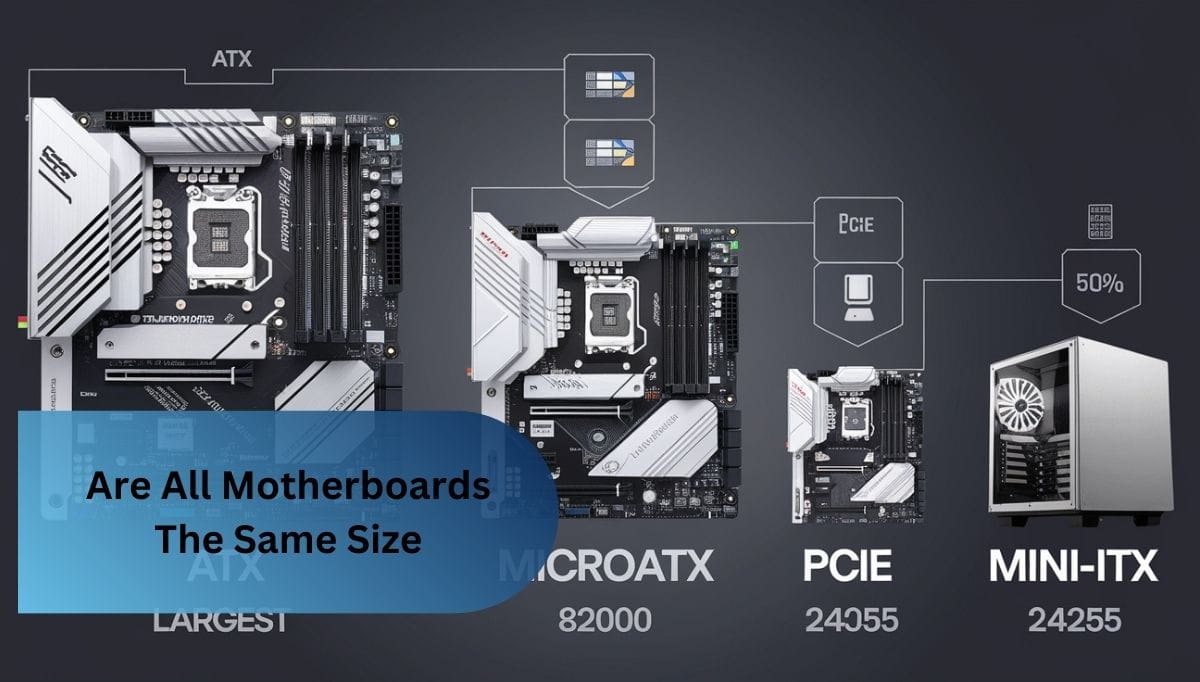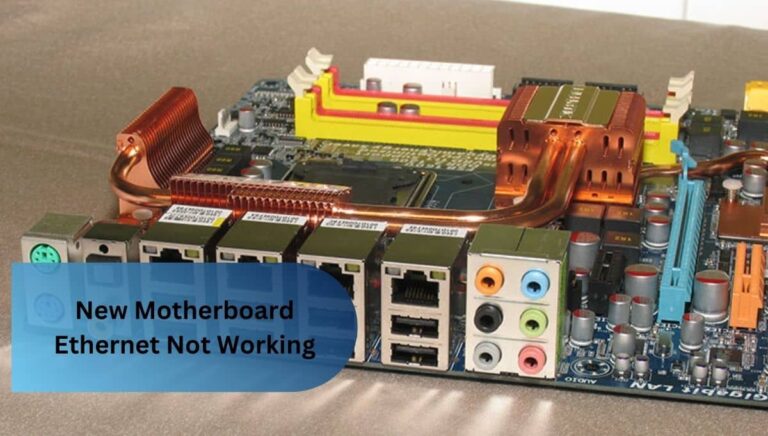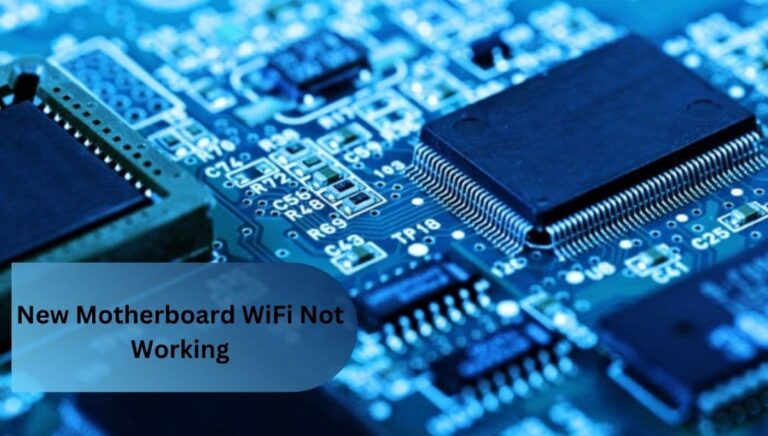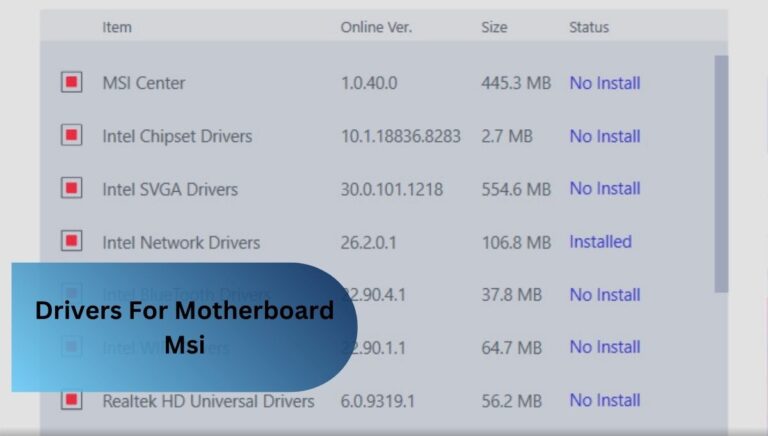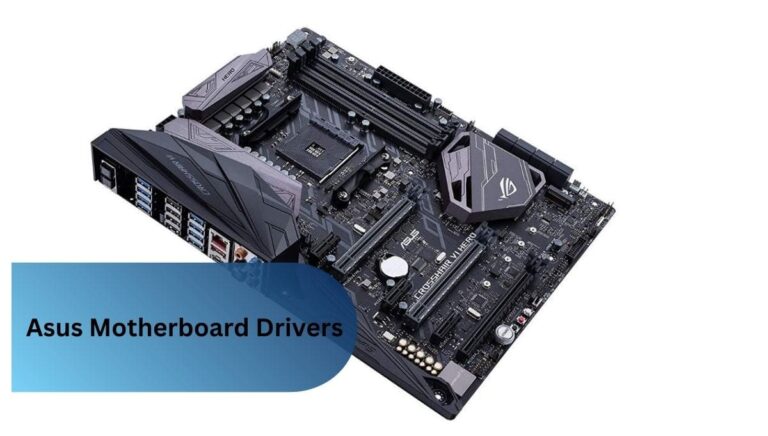Are All Motherboards The Same Size – The Ultimate Guide!
No, motherboards come in different sizes, like ATX, microATX, and mini-ITX, each designed for specific cases and builds. Choosing the right size is crucial for compatibility with your computer components and case.
No, motherboards vary in size, including ATX, microATX, and mini-ITX. Each size fits different cases and setups, so compatibility is important.
What Is A Motherboard?
A motherboard is the main circuit board in a computer that connects all components, such as the CPU, RAM, and storage. When considering whether are all motherboards the same size, it’s important to note that they come in various sizes, including ATX, microATX, and mini-ITX.
These different sizes affect how many parts you can install and what cases you can use. Thus, are all motherboards the same size is a crucial question for anyone building or upgrading a PC, as compatibility is key to a successful setup. In summary, not all motherboards are the same size, which impacts your computer’s performance and design.
Importance Of Motherboard Size In A Pc Build
The size of the motherboard is vital in a PC build because it determines how many components you can install. When asking, are all motherboards the same size, the answer reveals that different sizes accommodate various hardware setups.
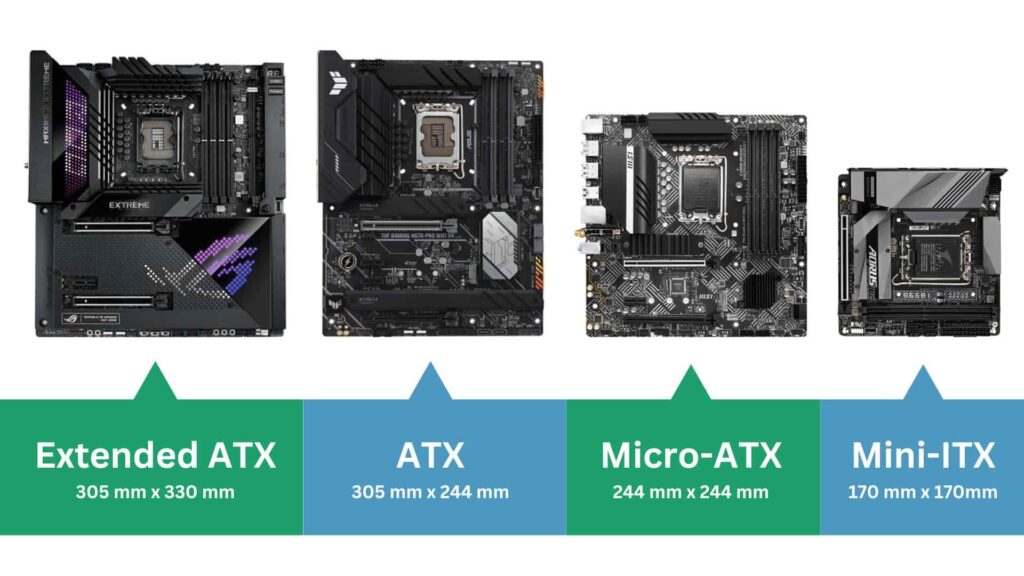
For instance, a larger motherboard like ATX allows for more RAM slots and expansion cards, while smaller options limit these features. Ultimately, understanding are all motherboards the same size helps you choose the right components and ensure everything fits together perfectly.
Understanding Motherboard Sizes
1. Common Motherboard Sizes:
Common motherboard sizes include ATX, microATX, and mini-ITX, each serving different purposes. ATX is popular for gaming and powerful builds, while microATX and mini-ITX are designed for compact systems with limited space.
Read Also: How Much Is A New Motherboard – Discover The Possibilities!
2. Impact on PC Components:
- Larger motherboards, such as ATX, provide additional slots for RAM and graphics cards, which enhances your ability to customize and upgrade your PC for better performance.
- Connectivity: Motherboard size affects the number of ports available, such as USB, audio, and network connections, which can enhance the overall functionality of your PC.
- Cooling Solutions: Bigger motherboards can support larger heatsinks and multiple cooling fans, helping to maintain lower temperatures for better performance during intensive tasks.
3. Choosing the Right Size:
Choosing the right motherboard size is essential for ensuring compatibility with your PC case and components. Consider your needs for expansion, airflow, and space, as these factors will help you select the best size for your build.
Common Motherboard Form Factors
1. ATX Motherboards:
ATX motherboards are the most common size used in gaming and high-performance PCs, measuring 305 mm x 244 mm. They provide ample space for multiple expansion slots, making them ideal for users who want to install additional components like graphics cards and extra RAM.
2. Micro-ATX Motherboards:
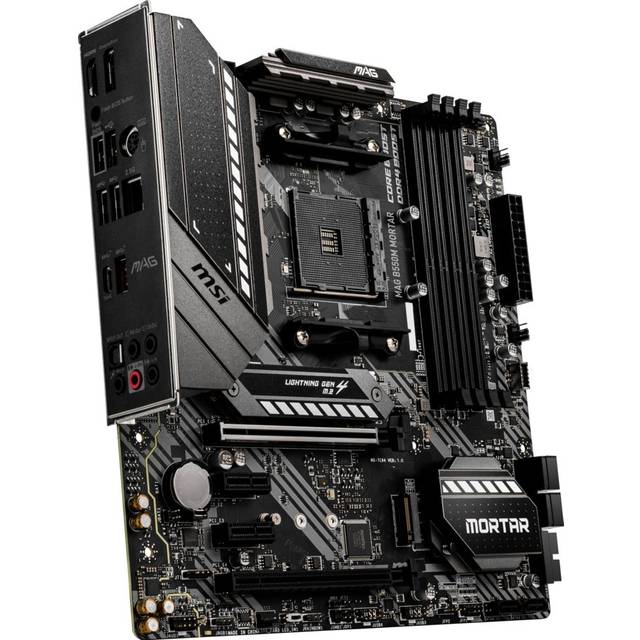
Micro-ATX motherboards are a compact option that strikes a balance between functionality and size. They typically have fewer expansion slots than larger boards but still offer enough features for most users, making them ideal for budget-friendly builds and smaller cases.
3. Mini-ITX Motherboards:
Mini-ITX motherboards are compact, measuring just 6.7 x 6.7 inches, making them ideal for small form factor builds. Despite their size, they can support powerful components, but they typically have fewer expansion slots and ports than larger motherboards.
PC Motherboard Sizes?
PC motherboards come in several standard sizes, each catering to different needs and system configurations. The most common sizes are ATX, microATX, and mini-ITX, which vary in dimensions, features, and the number of components they can support.
Understanding these sizes helps builders choose the right motherboard for their setup, ensuring compatibility and performance.
1. Common Sizes:
- ATX motherboards, measuring 12 x 9.6 inches, offer ample space for multiple expansion slots and connectors, making them ideal for powerful gaming rigs and professional workstations.
- MicroATX: Slightly smaller at 9.6 x 9.6 inches, it offers a balance between size and expandability, accommodating several components while fitting in mid-sized cases.
- Mini-ITX: Compact at 6.7 x 6.7 inches, this size is perfect for small form factor builds, providing essential features with limited expansion options.
Read Also: Can Any Motherboard Support Any Gpu – Your Ultimate Guide!
How to Choose the Right Motherboard Size
Choosing the right motherboard size is essential for a successful PC build, and understanding are all motherboards the same size can guide this decision. First, consider the case you plan to use, as it must fit the motherboard size you choose; otherwise, you might end up with compatibility issues.
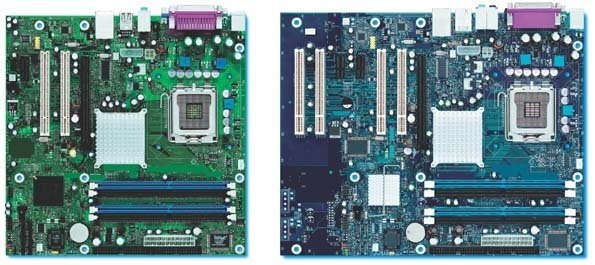
Next, think about the components you want to install, as different sizes offer varying numbers of slots for RAM and expansion cards; thus, knowing are all motherboards the same size helps you evaluate your future upgrade options. Lastly, reflect on your specific needs, whether you prefer a compact setup or a high-performance rig, as this will influence the best motherboard size for your build.
Motherboard Size And Performance
1. Does size affect performance?
- Expansion Capabilities: Larger motherboards typically offer more slots for RAM and expansion cards, allowing for better performance through upgrades.
- Cooling Solutions: Bigger sizes can accommodate larger heatsinks and more fans, improving airflow and cooling, which can enhance overall performance.
- Power Delivery: Larger motherboards often have better power management systems, providing stable power to components, which can lead to improved efficiency and performance.
2. Real-world implications:
- Space Constraints: Choosing a smaller motherboard, like mini-ITX, can save space, making it ideal for compact setups or limited desk areas, but it may limit expansion options.
- Upgrade Potential: A larger motherboard, such as ATX, allows for more RAM slots and expansion cards, giving you the flexibility to upgrade your system as needed over time.
- Cooling Solutions: Larger motherboards often support more advanced cooling options, like multiple fans or larger heatsinks, which can help maintain better temperatures during intense computing tasks.
FAQ’s
1. How do I know which motherboard size to choose?
Consider your case size, the components you plan to install, and whether you want room for future upgrades when deciding on a motherboard size.
2. What are the advantages of a microATX motherboard?
MicroATX motherboards offer a good balance between size and functionality, providing enough expansion slots for most users while fitting into smaller cases.
3. Are there different types of sockets for motherboards?
Yes, motherboards have various CPU sockets, which determine compatibility with different processor models. Always check the socket type before purchasing a CPU.
4. Can I upgrade my motherboard later?
Yes, you can upgrade your motherboard later, but you should ensure that the new one is compatible with your existing components, including the CPU and RAM.
5. What should I look for in a gaming motherboard?
When choosing a gaming motherboard, look for features like multiple PCIe slots, high-speed RAM support, good connectivity options, and robust power delivery systems for better performance.
Conclusion:
Not all motherboards are the same size. They vary in dimensions, which affects how many components can be installed and how they fit in a case. Understanding these differences is essential for making the right choice for your PC build.
Read More:
